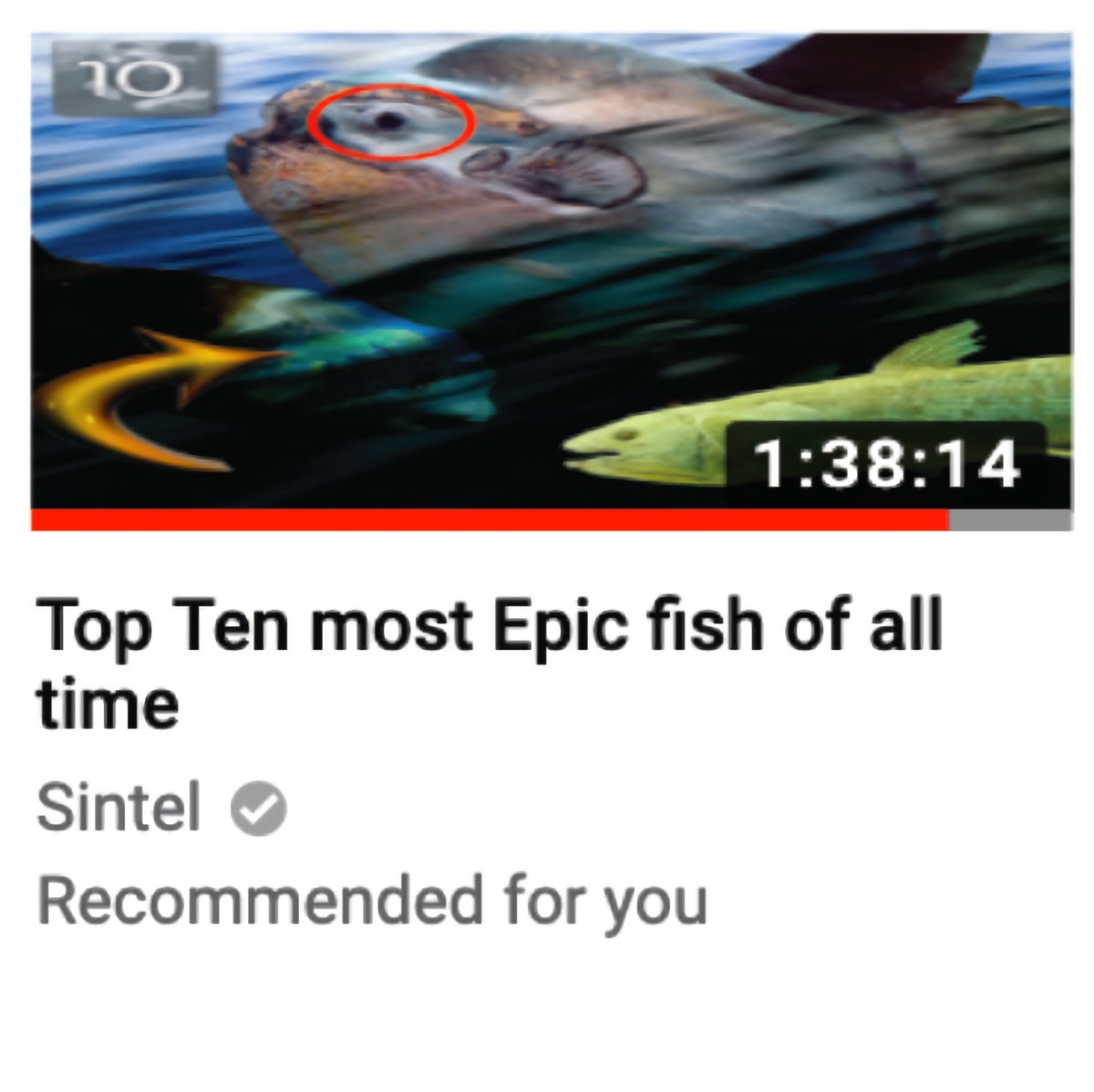Hello internet, and welcome to my album review of “Top Ten most Epic fish of all time” by Sintel! It’s a pretty unique album, with its silly gimmick belying some genuinely beautiful fish in it. That out of the way, let’s dive right in!
“10. Manta Ray”
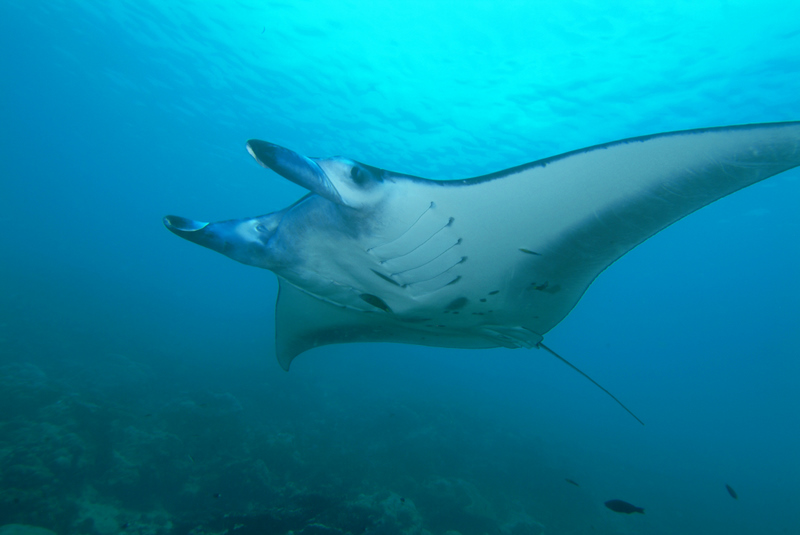
This fish is in class Chondrichthyes, meaning that it’s a cartilaginous fish and related to sharks. Another fun fact is that they have the largest brain of all fish. Wow!
This fish also has many lush and spacey sounding synths, matching their elegance in the water. How beautiful!
“9. Hagfish”
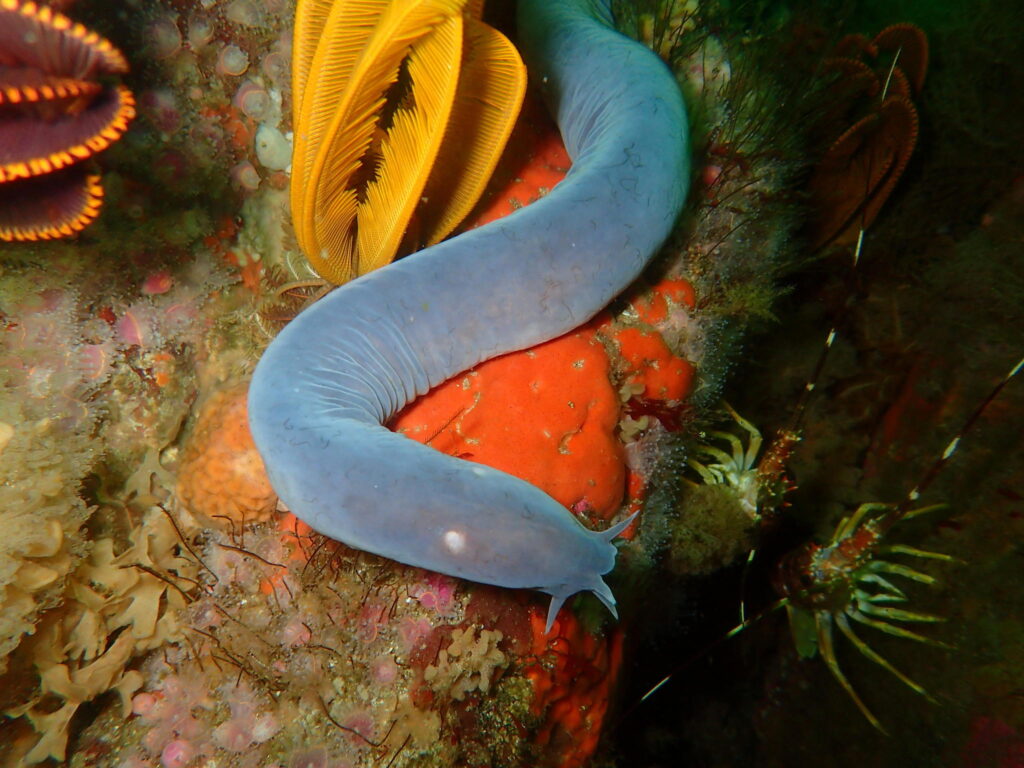
Hagfish are simple, slimy fish that live at the bottom of the ocean. Hagfish are unique in that they have a skull but no spine, making them some of the most basal vertebrates. Incredible!
This fish is also very simple musically, mostly consisting of chimes over a deep, bubbly backing reminiscent of their mucus and benthic environment.
“8. Sunfish”
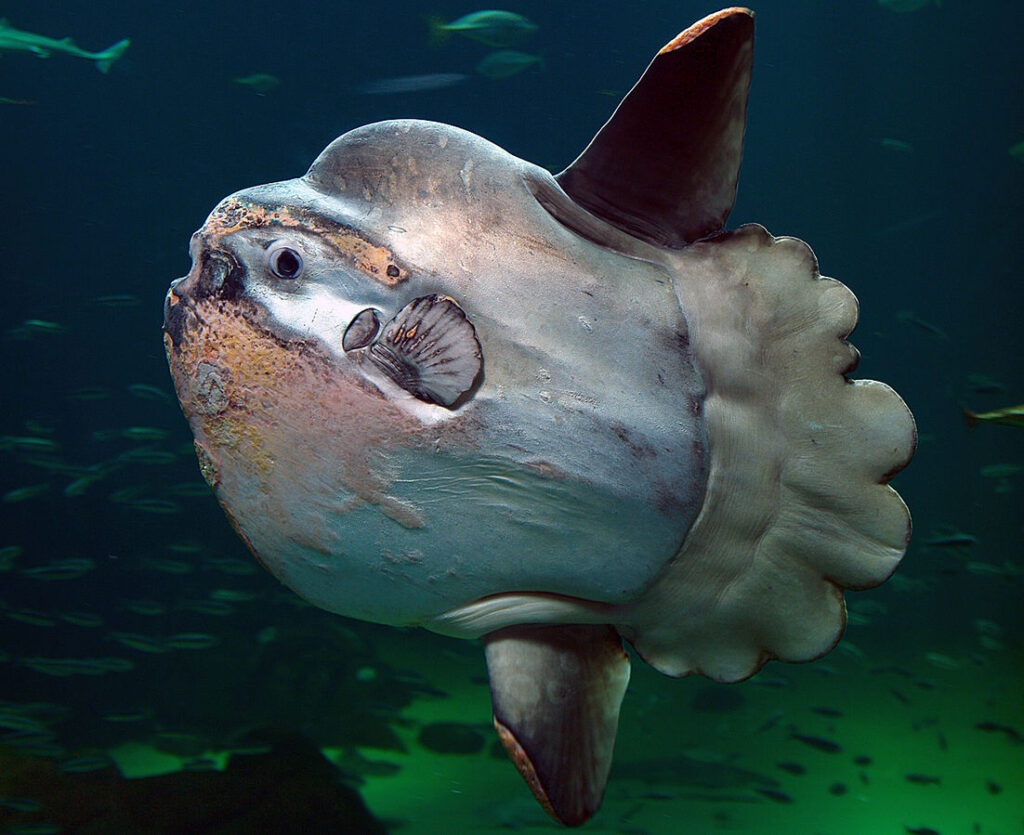
Sunfish are large and strangely shaped, and live in tropical waters. Its tail is legitimately done, instead with the flat rudder-shaped structure being a combination of the backmost parts of the dorsal and anal fin. Amazing!
They also have vibrant arpeggios along with a graceful clarinet, matching their tropical climate in a very specific way that can only belong to the sunfish.
“7. Flatfish”
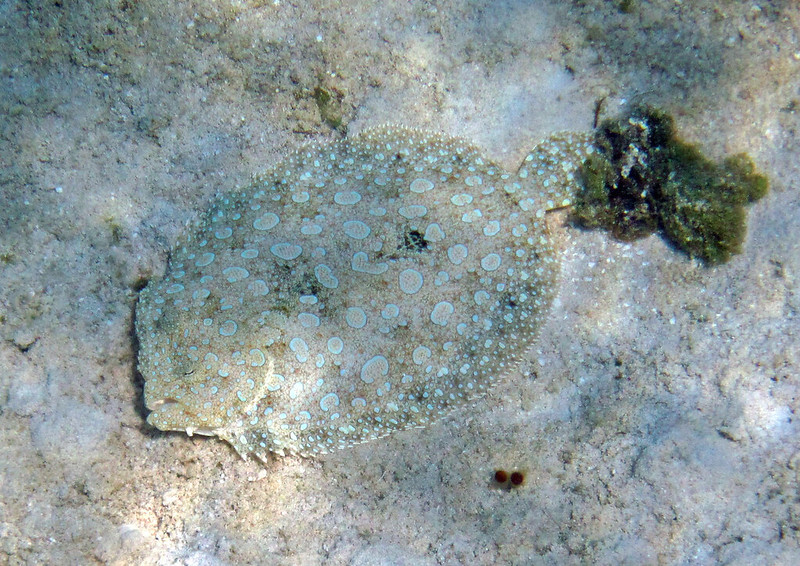
Flatfish refers to an entire order of fish, formally Pleuronectiformes. All of them live at the seabed, and many of them, such as flounder, have both eyes on one side of their head.
They get more dissonant over time, mirroring the slow migration of their eyes from larva to adult. So asymmetrical!
“6. Wobbegong”
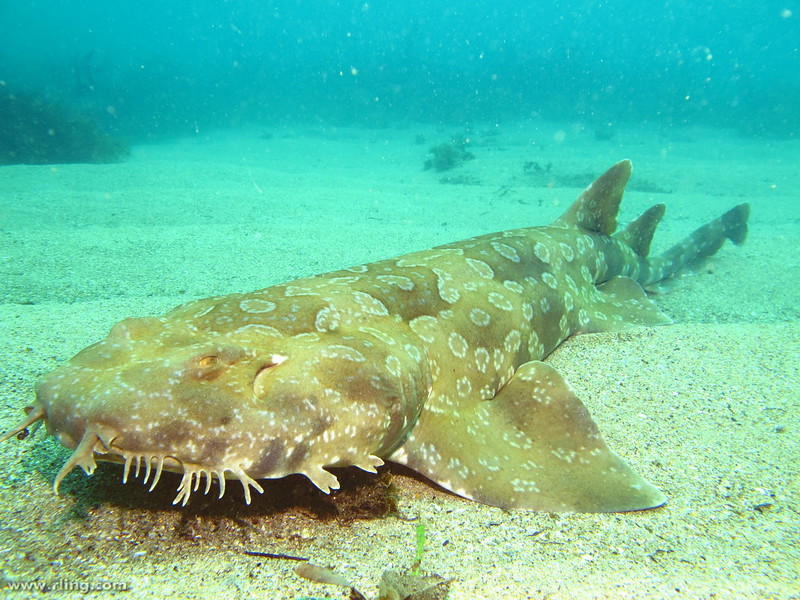
Wobbegongs are a type of shark that mostly lives in the oceans around Australia. They are bottom-dwelling, and have the special ability to sense the electricity in the nerves of nearby organisms through pores filled with gel. Shocking!
This fish also has a haunting backing with occasional, semi-random chimes, perhaps mimicking their life hunting in the dark. Woah!
“5. Ghost Shark”
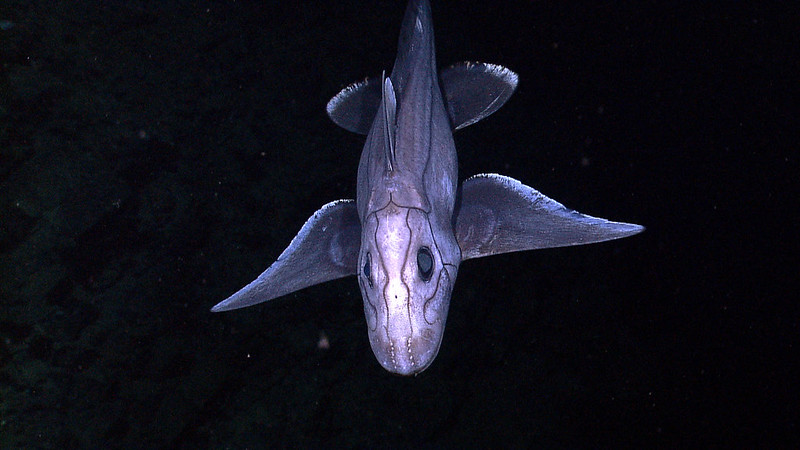
Ghost sharks are also known as chimeras, and despite their name, are not actually true sharks. Most live in the deep ocean, and have some strange morphological features despite their resemblance to sharks such as large pectoral fins and having tooth plates instead of sharp teeth.
Fitting to their subtle strangeness, this fish has prominent microtonal notes that work, but still sound a little “off” since it doesn’t confine to the typical Western scales. Super cool!
“4. Goby”
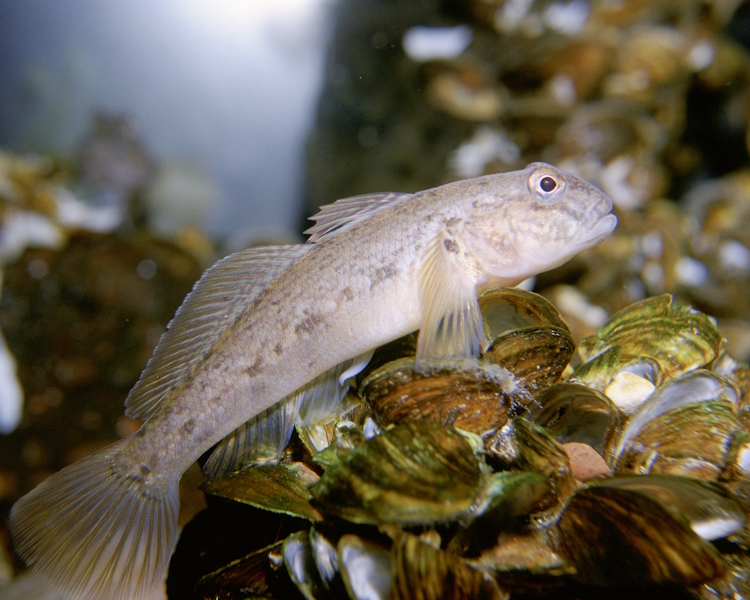
The term “goby” is vague taxonomically, but generally refers to the order Gobiiformes. They’re fairly small compared to some of the other fish on this list, and generally live unassumingly at the bottom of the ocean or lakes, depending on the species.
This fish has some wonderful Oneohtrix Point Never-esque synth noodling, and its size is well reflected in mostly consisting of high tones. Cute!
“3. Barreleye”
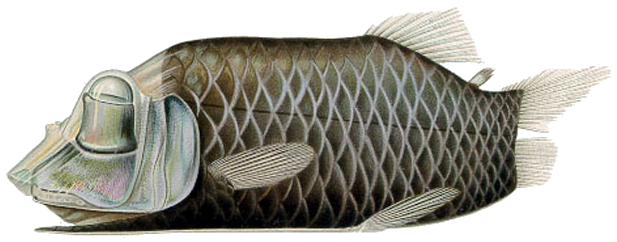
The name of the barreleye is literal, with their eyes being cylinders kept in their transparent heads. Their habitat is just below how far light penetrates in the ocean, so by having extremely light-sensitive, upward-facing eyes, they can be visual hunters in a almost completely dark environment. Weird!
Piano takes the lead in this fish, and it reminds me a bit of that one aquarium game for the Wii. It works really well for the mesopelagic zone where this fish lives, which makes me appreciate a more classical piece in an otherwise electronic album.
“2. Oarfish”
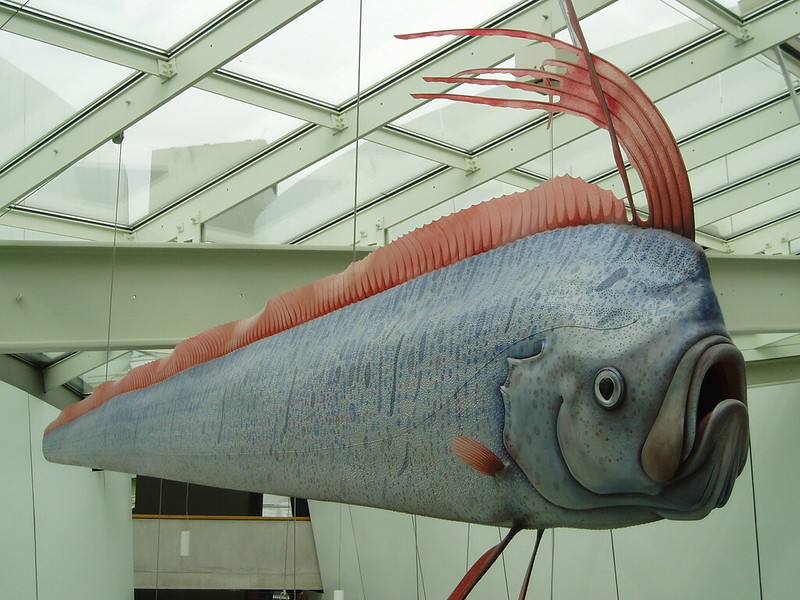
Oarfish are another deep-sea fish. They’re notable for being the longest modern fish, with the species Regalecus glesne getting to over 56 feet long! Huge!
The central piece of this fish is a lot of sharp synth hits – I don’t know how to describe this, but it just works. I can pretty easily imagine documentary footage of an oarfish coming into view while this fish plays.
“1. Coelacanth”
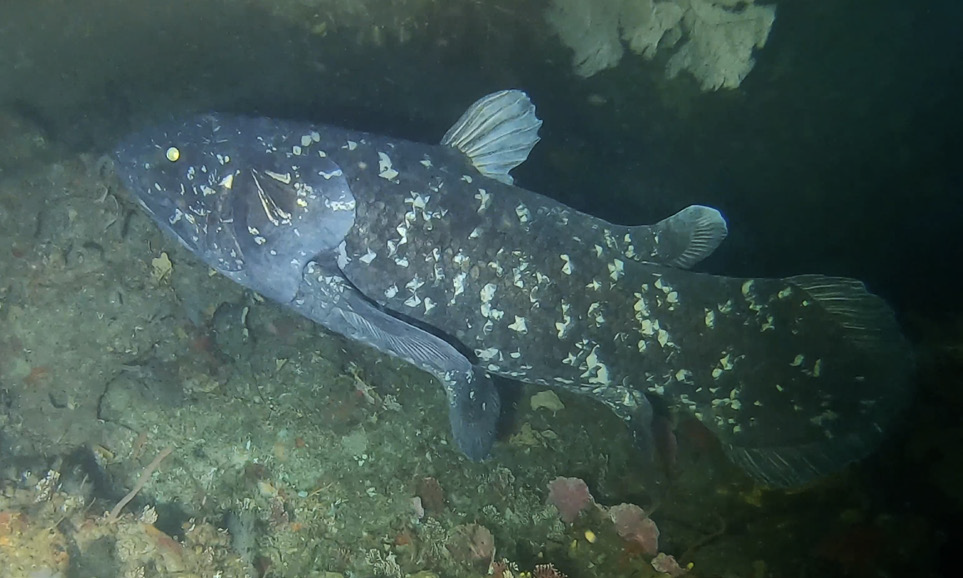
The story of the coelacanth is pretty well known by this point, but in case you didn’t know: coelacanths had been seen in the fossil record since the Devonian period, and were assumed to be extinct until one was found alive in 1938.
What you may not have known is that they’re actually an entire order of fish (Coelacanthiformes), and based on DNA analysis of the two extant species, aren’t true living fossils – they’ve still evolved quite a bit, if slower than most other animals. Paleontological!
This fish actually has a guitar in it, reflecting its ancient origins in this primarily electronic album. Its large swells make me think of how crazy it must’ve been to find an alive one for the first time, and it does it justice.
Outro
I hope you enjoyed this review of “Top Ten most Epic fish of all time” by Sintel. Please like and subscribe keep checking the WKNC blog for more album reviews in the near future!

